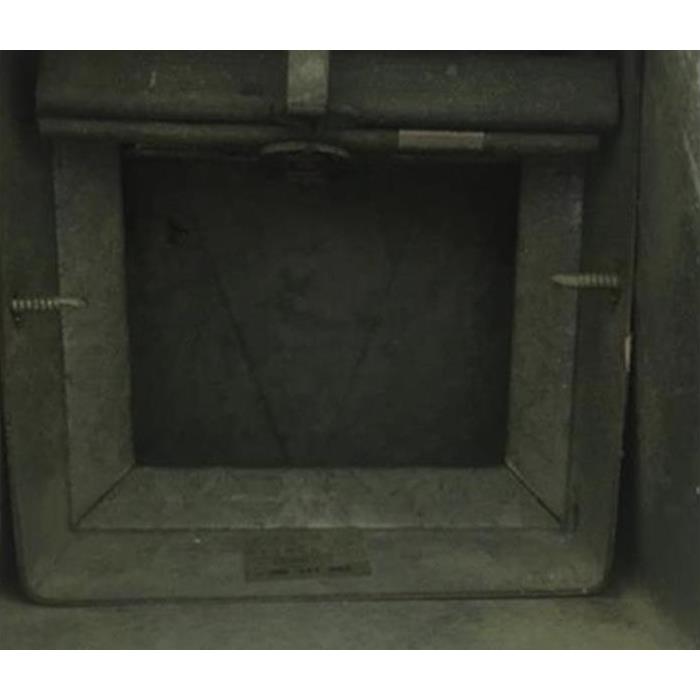How To Check for Moldy Air Ducts
4/15/2022 (Permalink)
How To Check For Mold
Mold is present everywhere. Outdoors, it's safe and natural; indoors, it can be problematic. One area of your business in Back Bay, MA, that may have escaped your mold prevention efforts is your HVAC system. Mold readily grows in moist environments, and the ductwork, drip pans, and coils of your heating and cooling system could provide the ideal climate for mold growth. Here are a few ways to check for mold during your monthly HVAC cleaning regimen.
1. Follow your nose
A musty or mildew smell is often one of the first signs of mold growth. If you notice a moldy odor, turn off your HVAC system for a little while. If the smell dissipates when the system is off but comes back as soon as you turn it on, you likely have mold growing somewhere in the air ducts or drip pans. While it may be tempting to clean all of the parts that you can teach yourself, there are parts of an HVAC system that could be damaged by improper mold cleanup methods, so leave the HVAC cleaning to a pro.
2. Trust your eyes
Plan time for a regular visual inspection of the accessible elements of your heating and cooling system. Are there signs of mold growth? A blocked drain, pooling water, or condensation on the exterior of your air ducts could all be signs of potential mold growth.
3. Call a professional
Whether you see signs of mold or think you smell it, the best thing to do is call a mold remediation specialist to complete a thorough assessment. They will have a plan for cleaning vents, drain pans, and coils. They can also provide tips and strategies for preventing future mold problems.
Regular HVAC cleaning and maintenance will help to prevent most mold problems. However, if you think that your HVAC system could have mold, hiring a professional to complete a thorough assessment is the best bet for proper remediation.






 24/7 Emergency Service
24/7 Emergency Service
